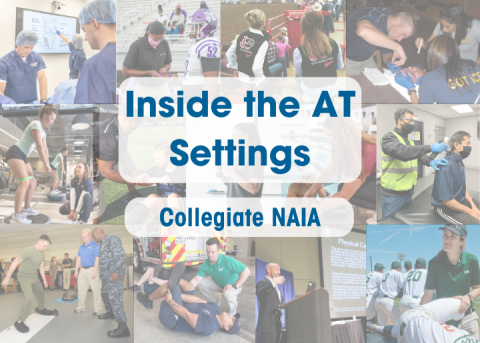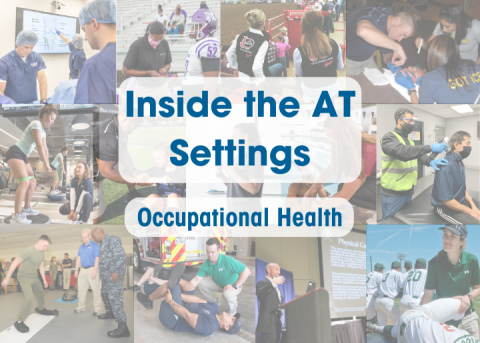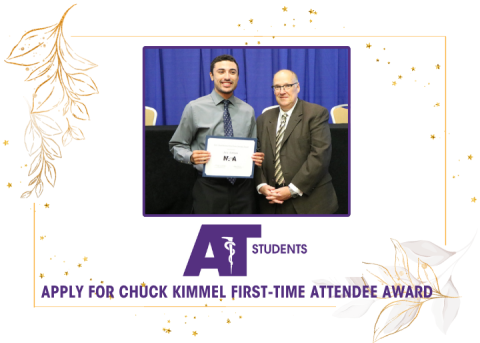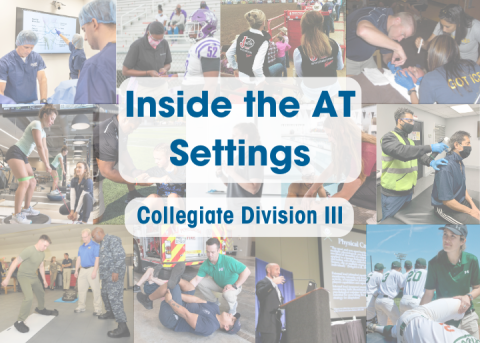
Former Philadelphia Eagles running back Brian Westbrook, who was born in Baltimore, participated in the NATA press conference Thursday, June 23, in the Hilton Baltimore. The press conference focused on “Reducing Your Risk in Work, Life and Sport: An Education Public Health Initiative.” During the press conference, NATA unveiled protocols and recommendations to keep individuals safe and reduce risk of injury in work, life and play.
"There's a long-term effect," Westbrook said. "Most athletes, when they're done with their career, they're 33, 35, and they have another 40 years left to live. Those are the things athletes 25 and older don't even think about. ... I think the athletic trainers do a great job putting it in perspective what this injury means andthe long-term effect."
Currently, only 12 percent of states meet the recommendation that each school have a written emergency action plan that is distributed to staff; 16 states meet the minimum heat acclimatization best practices; and only 50 percent of states meet the recommendation that sports medicine staff and other shave access to automatic external defibrillators on a school property and at school-sanctioned athletic activities.
The Center for Disease Control and Prevent estimates that between 1.6 million and 3.8 million concussions occur annually.
Musculoskeletal injuries are also prevalent – so much so, in fact, musculoskeletal injuries are the single largest impediment to operational readiness in the military. According to the U.S. Bureau of Labor Statistics, 650,000 work-related musculoskeletal disorders result in more than $20 billion in costs to employers.
The panel of medical experts discussed topics ranging from concussions as a public health issue to developing and implementing Evidence-Based Practices policies and procedures for the prevention of sudden death in sport.
Also during the press conference, an advanced release of the “Athletic Training and Public Health Summit” recommendations from the July Journal of Athletic Training was distributed. The paper addressed prevalent problems facing physically active children and adults, including sports-related concussion, osteoarthritis and sudden cardiac death, and recommendations on policies and practices using common public health approaches.





